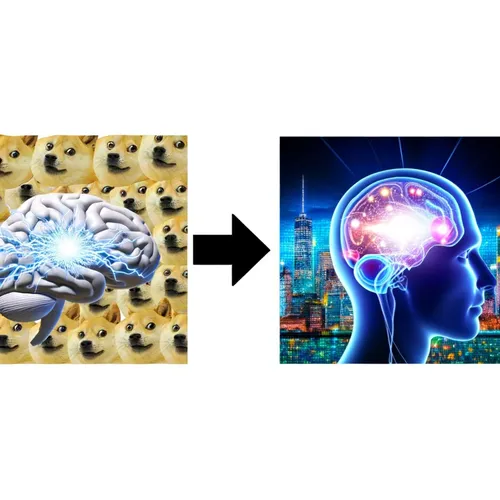DOGE Transforms US Government: How AI and Meme Culture Are Revolutionizing Federal Efficiency and Transparency
- Author
- Quiet. Please
- Published
- Tue 24 Jun 2025
- Episode Link
- https://www.spreaker.com/episode/doge-transforms-us-government-how-ai-and-meme-culture-are-revolutionizing-federal-efficiency-and-transparency--66730550
Listeners have probably noticed the acronym DOGE trending far beyond internet memes—it's now at the center of a sweeping government transformation. On January 20, 2025, President Trump signed an Executive Order establishing the Department of Government Efficiency, or DOGE, with a mission to modernize federal technology, streamline bureaucracy, and usher the government into the digital age. This move isn't just about funny Shiba Inu jokes; it leverages artificial intelligence and next-generation software to improve the efficiency and transparency of government operations at an unprecedented scale[1][5].
DOGE's approach centers on algorithmic governance, using advanced AI to handle everything from data collection to interagency coordination. Instead of traditional bureaucratic silos, each agency now fields its own DOGE team—a mix of engineers, human resources, and legal experts—working in sync with the newly rebranded United States DOGE Service. The result? Faster decisions, smarter automation, and a dramatic reduction in government waste. As of June 2025, the department claims $180 billion in savings, a figure now the subject of Congressional scrutiny and anticipated hearings to potentially codify these reforms permanently[3][4].
This transformation is already sparking intense debate. Some see DOGE as a beacon for the future of democracy, where algorithmic systems make government services more accountable and accessible to the public. Others warn about the risks of “government by algorithm,” concerned about oversight, transparency, and the potential for bias in AI-driven decision making[5].
Nonetheless, in a world where technology so often outpaces public policy, DOGE represents a bold experiment: using the very tools that spawned viral memes as engines of real-world government efficiency. Whether Congress chooses to embed these changes for the long term, the coming year will reveal if the leap from meme to meaningful reform is truly possible for American governance.
